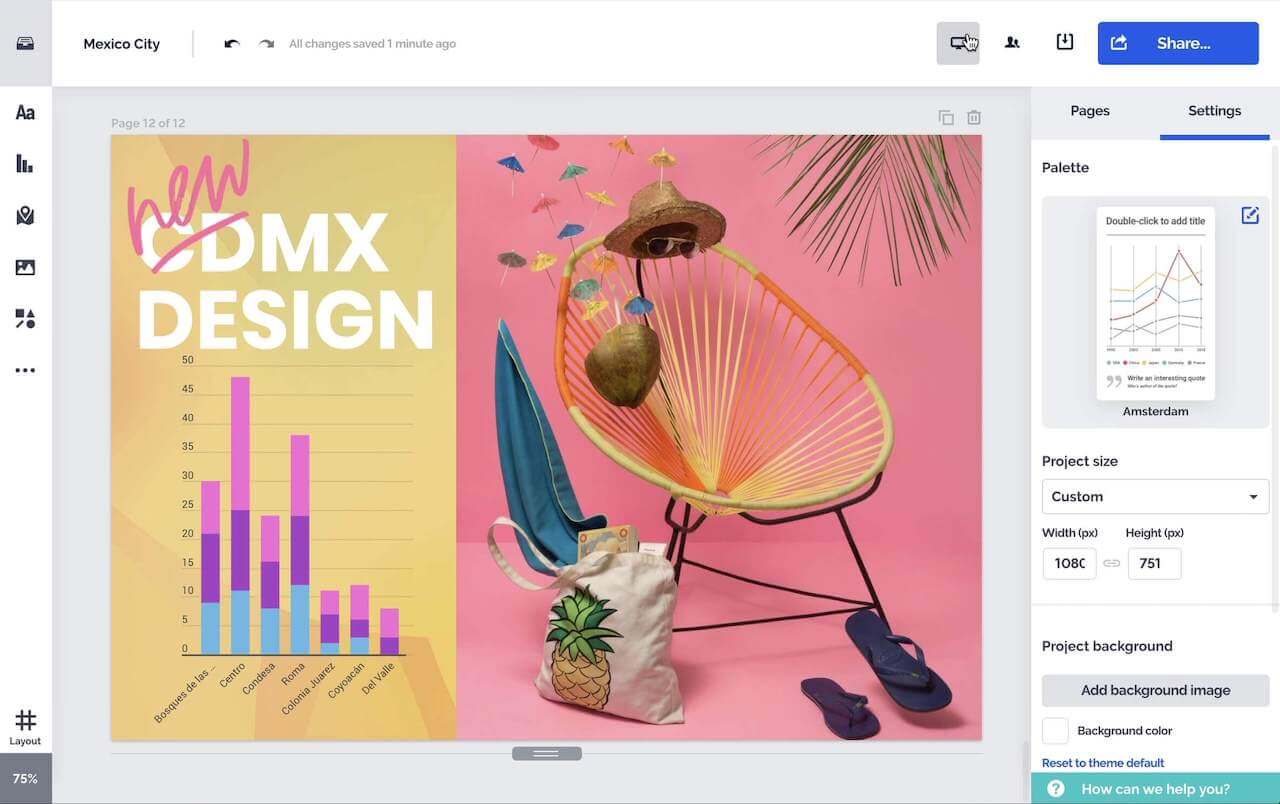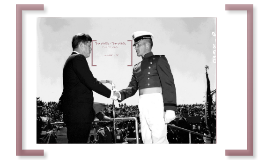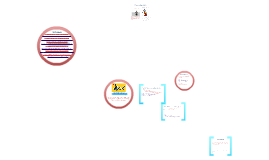Ancient China Presentation (History)
Transcript: The Chinese government organization The way we invent things http://china.mrdonn.org/silkroad.html Have you ever thought of the risks or the chances that we will have from invading China? Well, here they are. Q4. What dangers does the government organization have against us when we first start invading? The army's organization Topic 1 (Governments Organization) Q3. What illnesses can be cured using Chinese medicine? http://www.dynastiesofasia.com/asian-history-references/han-dynasty-period-in-chinese-history.htm The products that are used Topic 1 (Governments Organization) Using natural barriers for defenses http://questgarden.com/83/29/0/090608114524/process.htm http://www.cynthiasiulac.com/html/treatments.html Answer: It can not be hard retrieving these products if we go a certain way Obviously they speak a different language that we can't understand The Chinese Soldier The Chinese have more natural medicines and we have living things for medicines http://totallyhistory.com/han-dynasty-government/ Q2. What products are used in the Chinese medicines? Is it hard retrieving these products? Q1. What advantages do the Chinese have against us from their natural deserts, rivers, mountains, jungles or man made obstacles? Answer: They can always out-smart us http://en.wikipedia.org/wiki/Medicine_in_ancient_Rome Q1. What are the differences between the Chinese government and our Roman government? Water sources from the rivers When we are lost, they are not Chinese and Roman Soldiers We have a shields, but we only have one main weapon a javelin. The Chinese have three weapons and are swords. We don't have armor completely cover our bodies. Answer: Message The Chinese government's dangers of his organization Things that the government does that helps us Q1. What medicines have the Chinese invented that are different to our Roman medicines? Q1. Do we have a chance of winning this invasion on the Chinese’s own turf? Why? Farm crops Answer: What things has the Chinese government done that is different to what we do Topic 3 (Geography) ANCIENT CHINA http://www.unrv.com/government.php Answer: Answer: Answer: http://www.betterhealth.vic.gov.au/bhcv2/bhcarticles.nsf/pages/Chinese_herbal_medicine http://www.kwintessential.co.uk/articles/china/ancient-china-government/2379 Building to get pass obstacles Herbal The Chinese soldier has three swords (Dagger, Small sword, Jian) and are completely clothed, However they have no shields. The Roman Soldier Topic 2 (Medicine) http://www.cynthiasiulac.com/html/tui_na.html#top Q2. What advantages do we have against the Chinese from their natural deserts, rivers, mountains, jungles or man made obstacles? We have medicine for illness as well as issues, but the Chinese just have illness medicine Q3. Are there any lessons we could learn from the Chinese government? Answer: I think invading China is a no go. The cost of supplies we need, the 4,000 miles of walking, fighting off bandits, soldiers probably dying from the trip, it's just a waste of time, money and people. What's the point of invading if we are going to lose those things. So I think we should choose another country other than China. They know where they can over-power us during a battle or ambush We run our government different to the Chinese monarchy Q2. What part of China has the greatest chance for us to attack from? Why? http://prezi.com/olomlubmkrnb/the-medicine-defences-weaponry-and-geography-of-ancient-china/ It's their own turf The Chinese army being organized dangerously Acupuncture Answer: http://www.bbc.co.uk/schools/gcsebitesize/history/shp/ancient/romanmethodsrev1.shtml Q2. What makes the Chinese government organized or non-organized? Is it how they work, their own personality…? Should we invade China? References

















